Archives
- 2025-11
- 2025-10
- 2025-09
- 2025-03
- 2025-02
- 2025-01
- 2024-12
- 2024-11
- 2024-10
- 2024-09
- 2024-08
- 2024-07
- 2024-06
- 2024-05
- 2024-04
- 2024-03
- 2024-02
- 2024-01
- 2023-12
- 2023-11
- 2023-10
- 2023-09
- 2023-08
- 2023-07
- 2023-06
- 2023-05
- 2023-04
- 2023-03
- 2023-02
- 2023-01
- 2022-12
- 2022-11
- 2022-10
- 2022-09
- 2022-08
- 2022-07
- 2022-06
- 2022-05
- 2022-04
- 2022-03
- 2022-02
- 2022-01
- 2021-12
- 2021-11
- 2021-10
- 2021-09
- 2021-08
- 2021-07
- 2021-06
- 2021-05
- 2021-04
- 2021-03
- 2021-02
- 2021-01
- 2020-12
- 2020-11
- 2020-10
- 2020-09
- 2020-08
- 2020-07
- 2020-06
- 2020-05
- 2020-04
- 2020-03
- 2020-02
- 2020-01
- 2019-12
- 2019-11
- 2019-10
- 2019-09
- 2019-08
- 2018-07
-
The evidence points toward a role for LO activity in
2024-08-07
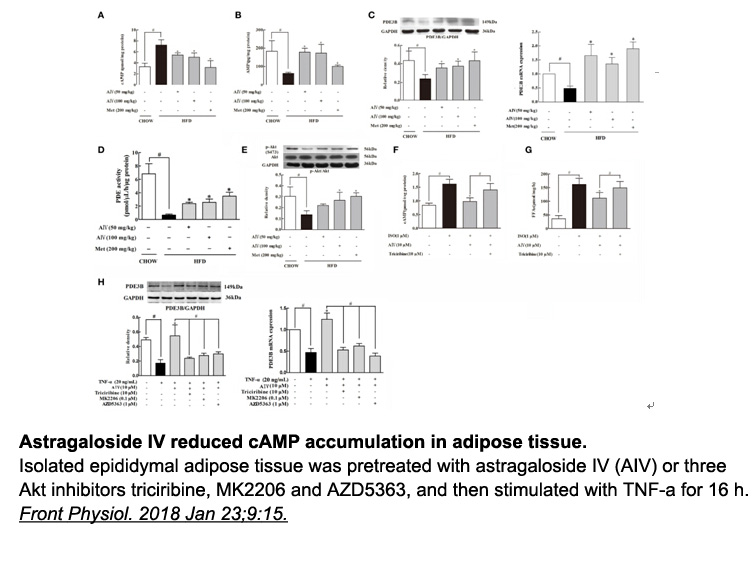
The evidence points toward a role for 12/15-LO activity in WAT in modulating chronic local inflammation and subsequent systemic metabolic decline in the obese state. However, little is known as to the role of 12- and 15-LOs in BAT. Indeed, in addition to WAT, platelet- and leukocyte-type 12-LO are e
-
Aldose reductase ALR EC the first enzyme in
2024-08-07

Aldose reductase (ALR2, EC1.1.1.21), the first enzyme in the polyol pathway, is a monomeric oxidoreductase that catalyses the NADPH-dependent reduction of a wide variety of carbonyl compounds, especially glucose. In this metabolism pathway, glucose is firstly reduced to sorbitol catalyzed by ALR2 wi
-
br Detection and possible treatments for
2024-08-07
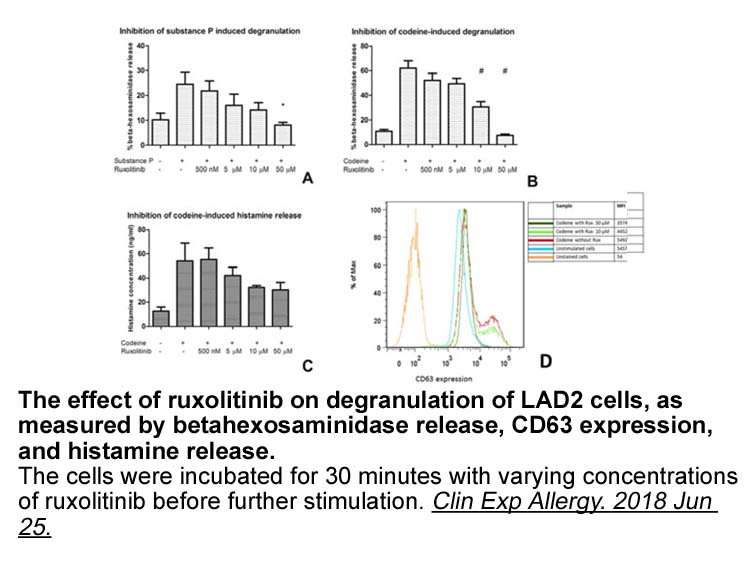
Detection and possible treatments for prostate cancer PC can be diagnosed, by screening for prostate-specific antigen (PSA) and after diagnosis, treatments may include intense observation, radical prostatectomy, radiation, chemotherapy, hormone therapy or vaccination depending on the type and sta
-
Adenosine is a ubiquitous homeostatic substance released fro
2024-08-07

Adenosine is a ubiquitous homeostatic substance released from most cells, including neurons and glias. Endogenous adenosine acts at four principal G-protein-associated receptor subtypes: A1, A2a, A2b and A3 (Ralevic and Burnstock, 1998). The stimulation of adenosine receptors by extracellular adenos
-
br ACK signaling partners ACK interacts with and tyrosine ph
2024-08-07

ACK1 signaling partners ACK1 interacts with and tyrosine phosphorylates many cellular proteins regulating critical cellular processes [11]. While ACK1 shares common intracellular effectors such as AKT with other signaling pathways, it imparts specificity to signaling by phosphorylating effectors
-
ACh induced changes in respiratory frequency could be
2024-08-07

ACh-induced changes in respiratory frequency could be of interest. They may reveal an important mechanism of respiratory modulation at the caudal NTS level. ACh-induced increases in respiratory frequency within this region have been also reported by Furuya et al. (2014). Changes in respiratory timi
-
Betulinic Acid NLX a k a F or befiradol exhibits nanomolar
2024-08-07

NLX-112 (a.k.a. F13640 or befiradol), exhibits nanomolar affinity at 5-HT1A receptors, and, in Betulinic Acid to the 5-HT1A receptor agonists listed above, it presents exceptional selectivity and high efficacy at these receptors (Colpaert et al., 2002, Newman-Tancredi et al., 2017). Additionally, it
-
However there are studies revealing the dark side
2024-08-07
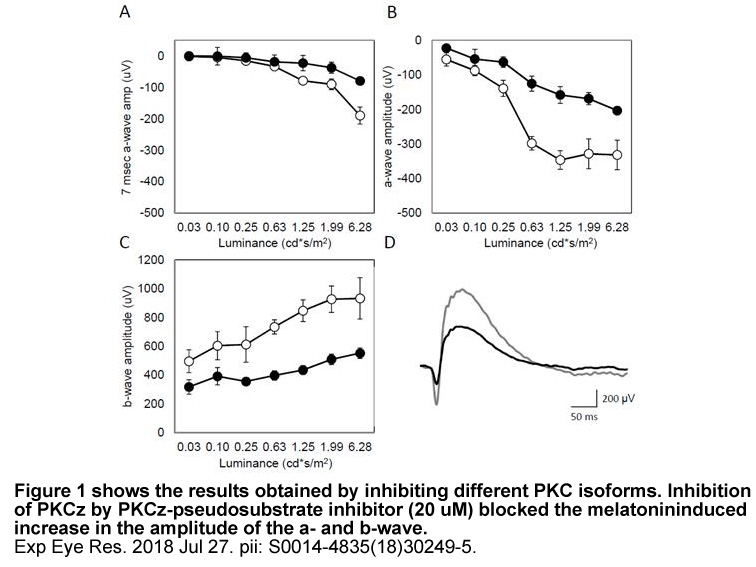
However, there are studies revealing the “dark side” of autophagy at later stages in cancers, when oncogenes (mainly K-ras and B-raf) are activated and/or tumour suppressors such as PTEN and p53 are inactivated. These studies are based on the use of GEMM and deletions of essential autophagy genes (A
-
Inactivation of the proton pump comes
2024-08-07
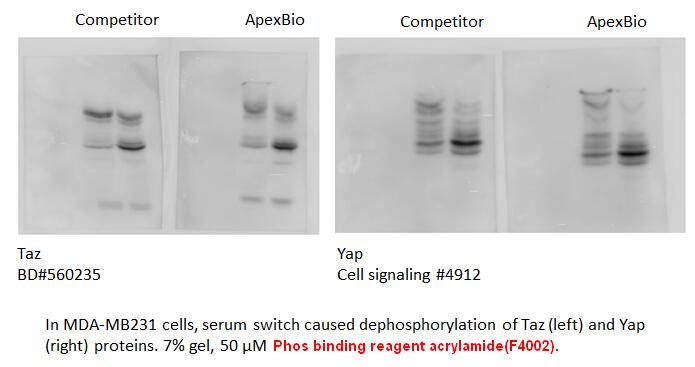
Inactivation of the proton pump comes with luminal alkalinization of the targeted vesicles such as lysosomes (Fig. 2b). Lysosome pH can also be raised stoichiometrically by addition of a membrane-permeable weak metaformin sale such as methylamine or chloroquine which accumulates in its protonated,
-
To further address the mechanism
2024-08-06

To further address the mechanism of Didox’s suppressive effects on mast cell activation, FceRI receptor Z-DQMD-FMK and downstream transcription factor induction were assessed. We found that Didox had no effect on FceRI surface expression, and thus concluded that Didox effects must be occurring down
-
Since primitive societies plants herbs and
2024-08-06
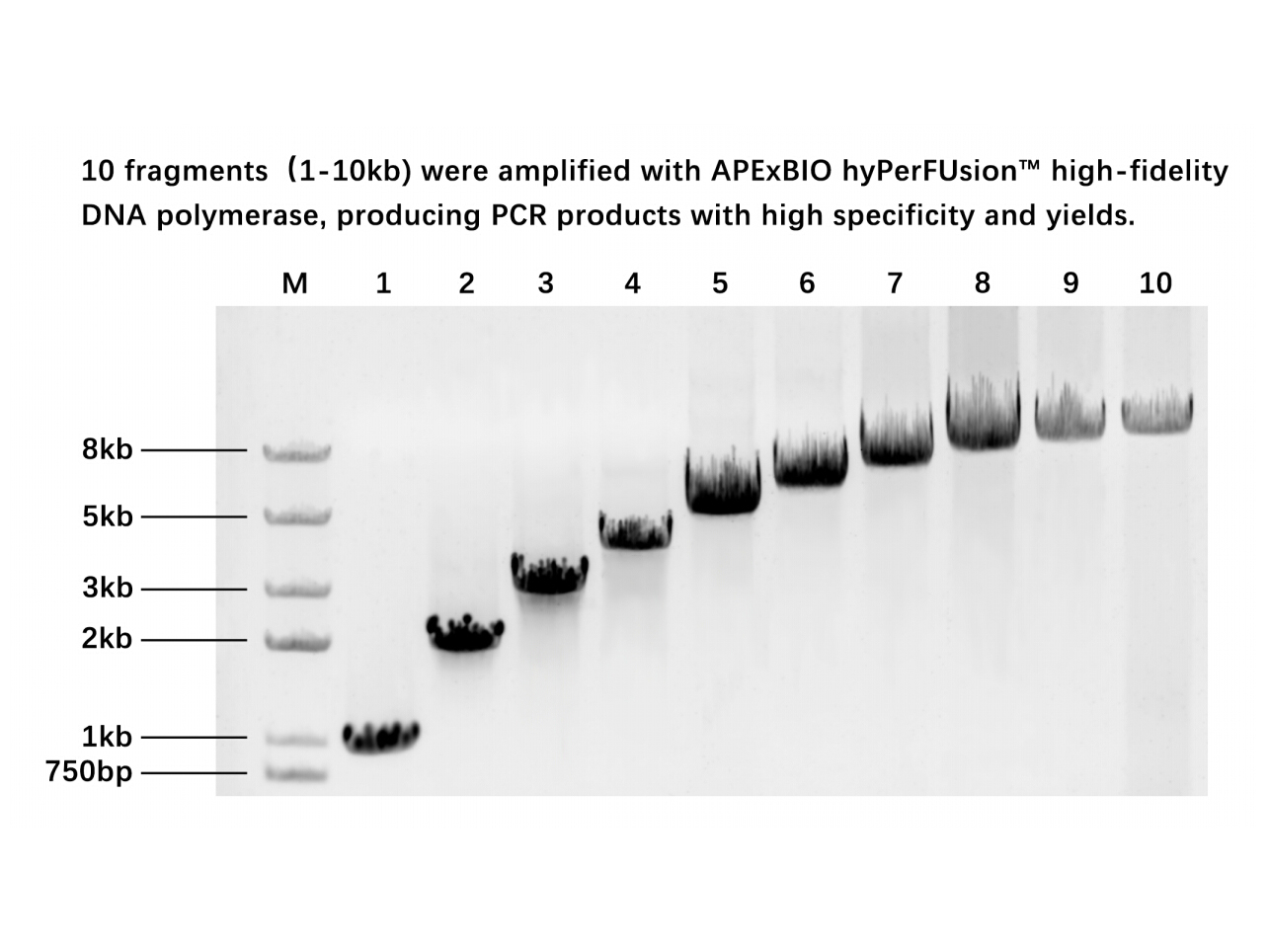
Since primitive societies, plants, herbs and seeds, rich in phytochemicals, were used due to their benefits in human health. These molecules were shown to present a diverse array of action mechanisms, including antioxidant activity, enzyme stimulation, hormones mimicking and by interfering with DNA
-
thrombopoietin receptor agonist Prostate cell growth and pro
2024-08-06
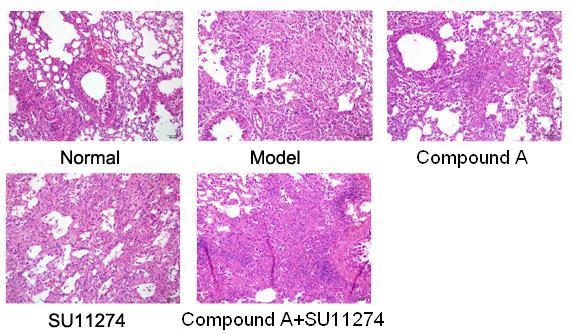
Prostate cell growth and prostate carcinogenesis are not only mediated by androgens, they are also dependent on functional insulin receptor (IR) and insulin-like growth factor-1 (IGF-1) receptor (IGF1R) signaling. Previous studies addressed this issue and reported a correlation between high insulin
-
The apocrine sweat glands of the human axilla produce
2024-08-06

The apocrine sweat glands of the human axilla produce odor substances with pheromone functions whose nature corresponds to volatile steroids (Cowley and Brooksbank, 1991, Grosser et al., 2000, Sobel et al., 1999, Weller, 1998). These functions only begin with puberty, indicating that sex hormones st
-
Based on the general structure
2024-08-06
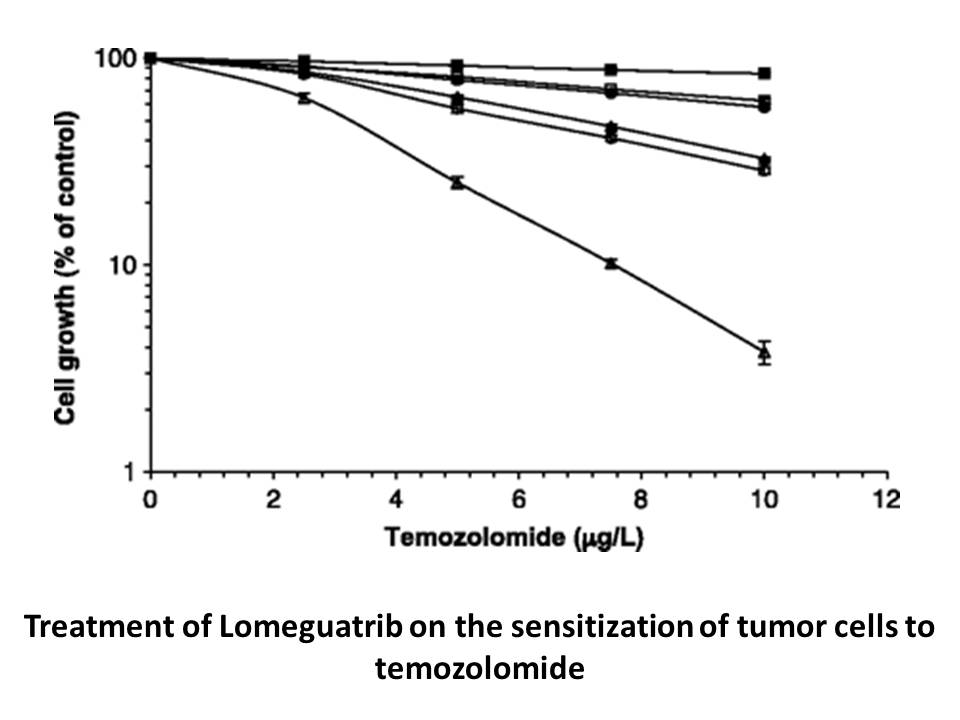
Based on the general structure-function principle in biology [[19], [20], [21]], toxic oligomers are expected to have well-defined three-dimensional structures to carry out their pathological functions. A common amyloid toxicity mechanism also suggests that toxic oligomers of different amyloid prote
-
br Experimental section br Abbreviations PSA puromycin sensi
2024-08-06
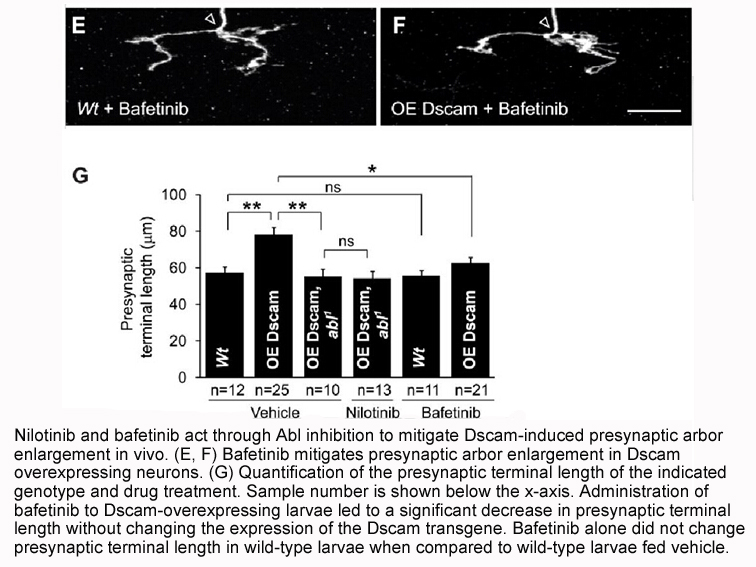
Experimental section Abbreviations PSA, puromycin–sensitive aminopeptidase; APN, aminopeptidase N; AML, acute myeloid Leukemia; ALL, acute lymphoblastic leukemia; AADR, amino LY500307 deprivation response; PAN, puromycin aminonucleoside; DCC, dicyclohexyl carbodiimide; NHS, N–hydroxy succinim
14344 records 108/957 page Previous Next First page 上5页 106107108109110 下5页 Last page